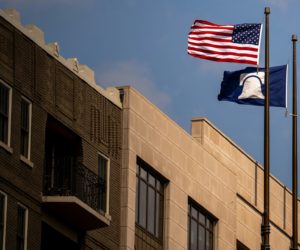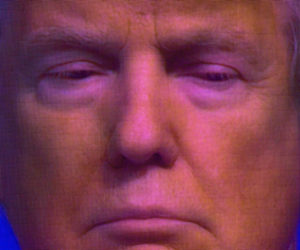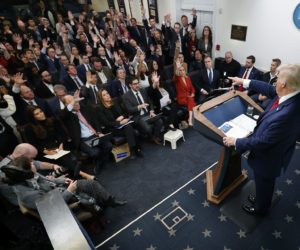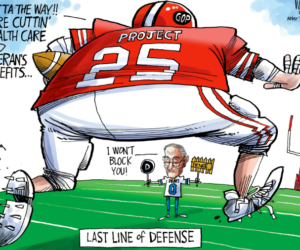
I’m saving Ohio for last. Trump won Wisconsin by very slim margins, 0.7% and less than 23,000 votes over 2.8 million votes cast.
In 2012, Obama won Wisconsin by 4.7%, which was over 205,000 votes. To win by 23,000 votes, Trump managed a swing of over 225,000 votes.
In 2008, on a turnout of over 3 million votes, Obama won Wisconsin by 12%, and over 400,000 votes. Less than 2.9 million votes were cast in 2012 and by 2016, only 2.8 million votes were cast, a drop from 2008 of over 200,000 votes. This in a State that has grown by about 200,000 people since 2010. That seems like a serious issue.
For Trump to have made up a gap of over 225,000 votes in Wisconsin, a few things could have happened.
• Reflecting the lower voter turnout, as many 100,000 Democrats did not show up in 2016 that did vote in 2012, narrowing the gap from 225,000 to 125,000;
• A huge percentage of the 200,000 new residents, 120,000 new voters, were Republicans (Traditionally Democrat cities, the Milwaukee and Madison MSAs, both increased in population about proportionately);
• Over 60,000 new Republican voters showed up from Trump’s motivated base, and a like number of Democrats who voted in 2012 failed to vote in 2016; or
• A good many Democrats switched sides.
With the 200,000 increase in population which is a 120,000 increase in voters, and the 200,000 decrease in voter turnout since 2008, there are around 320,000 voting Wisconsites who are unaccounted for in the 2016 numbers. They simply did not vote. Given the tight finish in 2016, this seems like an opportunity for both candidates.
Around 160,000 Democrats who voted in 2012 did not bother to vote in 2016. Some may have switched sides, but given the huge non-voting numbers, it is likely few switched. It is more likely they just didn’t show up at all. The Dems lost by about 23,000 votes. To win Wisconsin again, Biden/Harris don’t need all of them to show up, but they need to motivate their voters to win.
There was arguably an influx of Trump’s base returning to the polls after years of decline, white lower- to middle-class Americans, but they did not swell the voting ranks, as seems to be quite possible in Pennsylvania and Florida. Instead, as in Michigan, for whatever reason, a lot of Democrats simply did not vote.
Perhaps this is a State, like Michigan, where Hillary’s dominant polling created complacency among the electorate and so the Dems, assured of victory, chose not to “waste” their time.
Perhaps this is a State where the reported decrease in African American voting actually happened. Not surprisingly, Wisconsin is only 6.7% African American, in a State of 5.8 million people which has grown by less than 200,000 since 2010. That means there are 389,000 African Americans living in Wisconsin.
They register to vote at 60%, which is about the State average. That means there are 233,400 African Americans registered to vote. If they voted at 7% lower than normal, there would have been about 16,000 fewer votes cast by African Americans, perhaps largely for Hillary, than would have been expected. Not enough to have swung the State, or to explain the huge number of non-voters.
But that may not tell the whole story. Wisconsin was among several states to enact strong voter identification laws prior to the 2014 election cycle. Though they were largely overturned by the courts in the summer of 2016, before the elections, there were widespread reports that people were denied the right to vote in the November presidential elections because they did not have the right identification. I could not find any numbers indicating the impact of this, or whether this was even true or relevant to the outcome. Nonetheless, it would not take much to make up a 23,000 vote loss.
What is most likely, a whole slew of Democrats from all walks of life simply chose not to vote.
This, like Michigan, is definitely a State that Biden/Harris must return to the Blue in 2020.
















